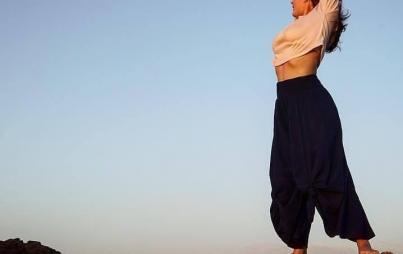
Be honest: Field trips weren’t always that fun. Unless they were of the end-of-the-year-trip-to-the-water-park variety, they were often the same dusty old lessons, just in a different location. The best part was usually eating lunch on a different lawn.
If you’ve ever wanted a do-over on the dull-as-heck field trips from your past, the folks at SPARK—that stands for "Sexualization Protest Action Resistance Knowledge"—bring you a comprehensive guide to feminist field trips that fits right in your phone. Presenting: the Women on the Map app.
Women on the Map’s origins can be traced back to, of all things, the Google Doodle. After noticing that only 17% of the daily Doodle’s honorees were women in three years, SPARK contacted the tech giant to remedy the situation. In doing so, both parties began a discourse on the general problem of gross underrepresentation of women in history. As SPARK puts it, “It’s not that women don’t make history—we don’t honor them for it.”
When SPARK contacted Google, they had already addressed and begun to take steps to even out the percentage of women showcased in their famous homepage doodles. They also got to work with the organization to create an app that finds the footprints of inspiring women in the real world. Powered by Google’s pre-existing Field Trip app, SPARK’s new tool gives you a buzz when you’re passing by a place where a woman has made history. While the examples of women-deficient history they provide on their site are all U.S.-specific, the app is international: Users have already added info on the Arpilleristas of Santiago and Mary Anning of Lyme, England.
The most amazing part? SPARK's staff is made up of girls and women ages 13-22.
Just for kicks, we tried the app in the Santa Clara, California area, and got just one buzz while sitting at the Peet’s on El Camino—"Ladies Packing Cherries," a photo and brief biography of the women who did the dirty work in the fruit-packing plants of the Santa Clara Valley at the turn of the 20th century.
Looks like we’ll have to do some research and contribute to the database, which is user-powered and ever-growing.






